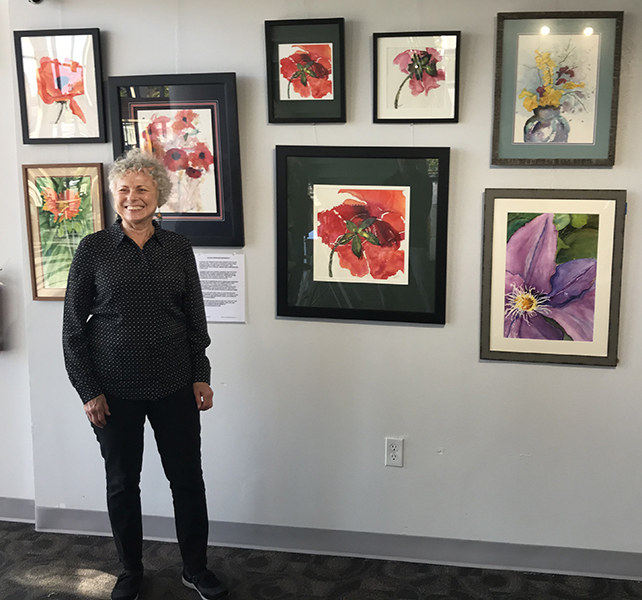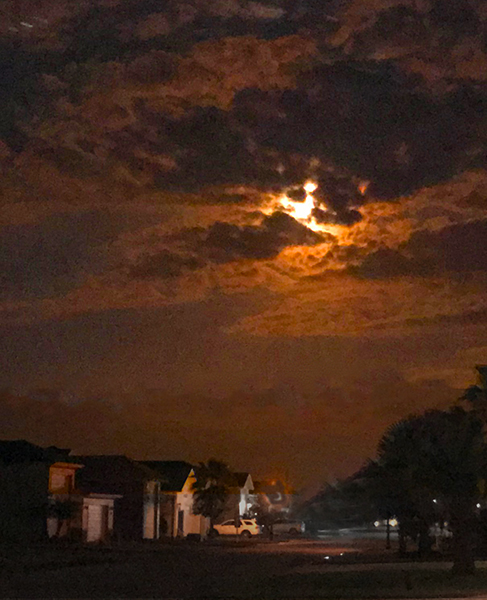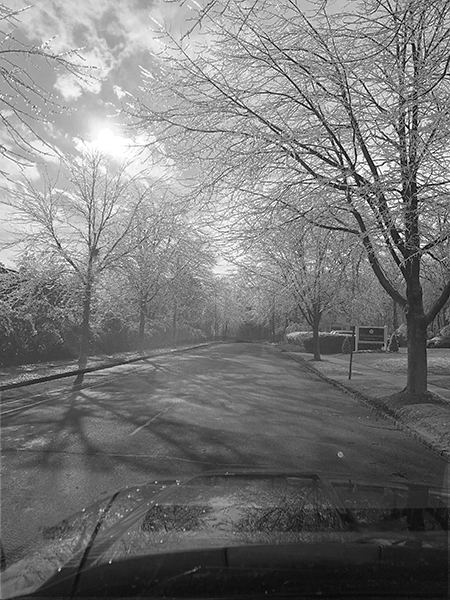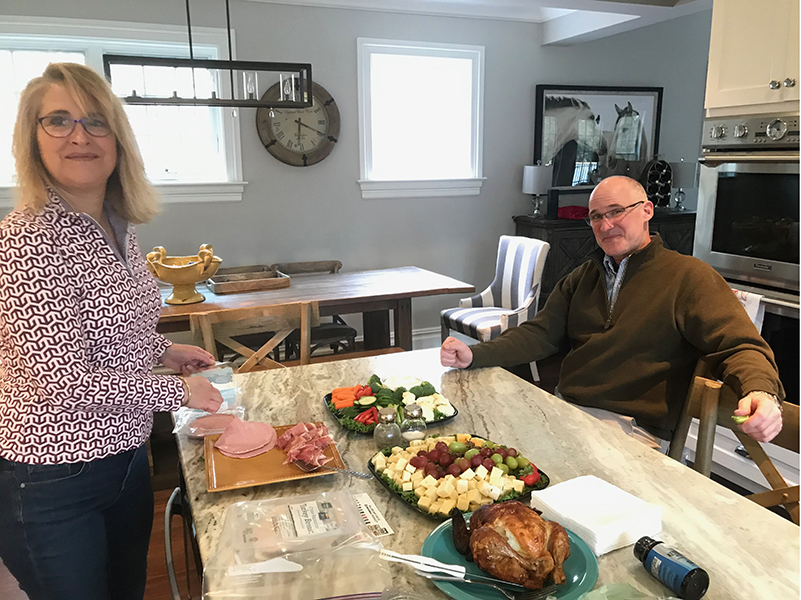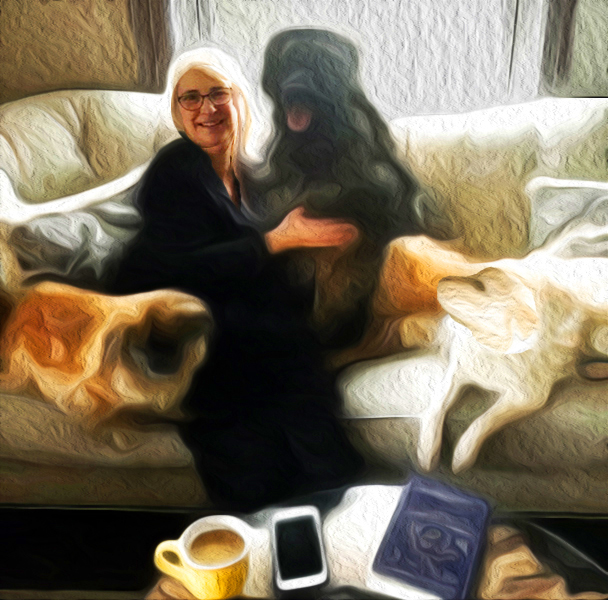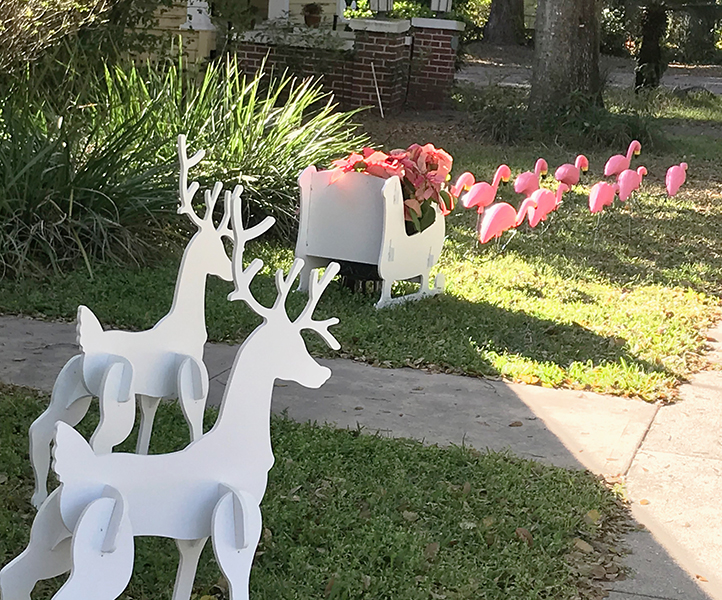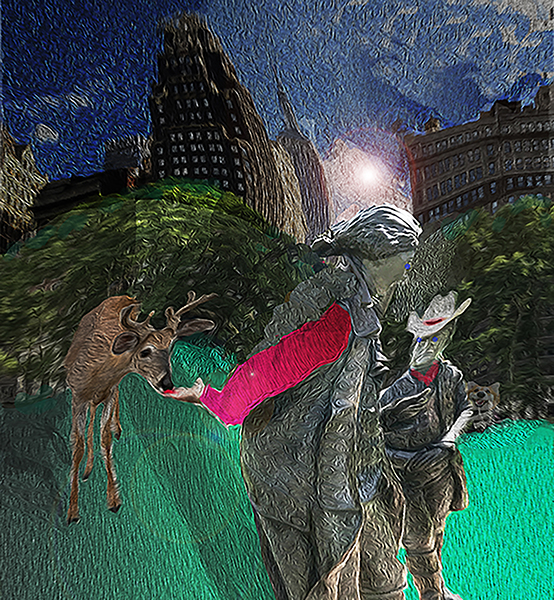
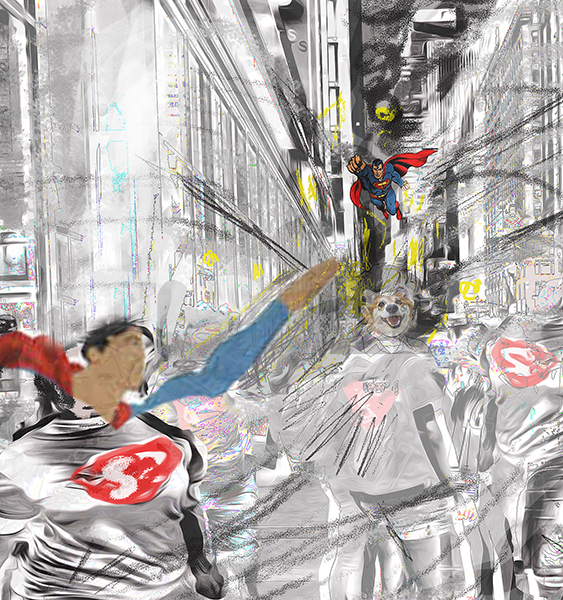
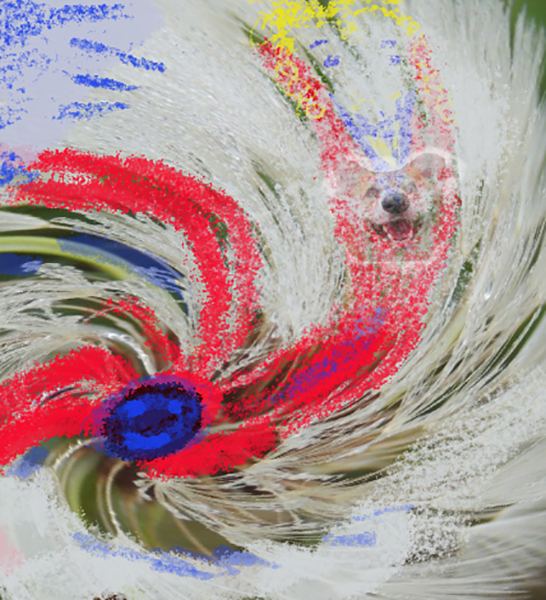
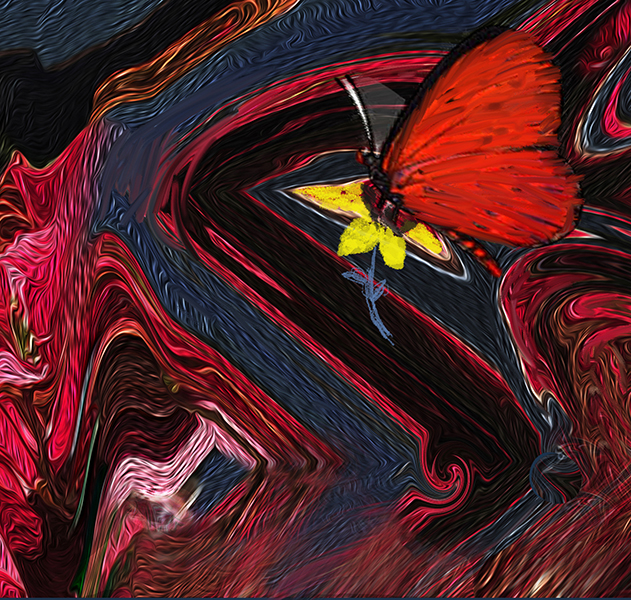






Oh my – do not forget the TGO Photo Club page – Dave Cesari is featured there now!
Now you can look at my abstracts!




An abstract a day – for a while
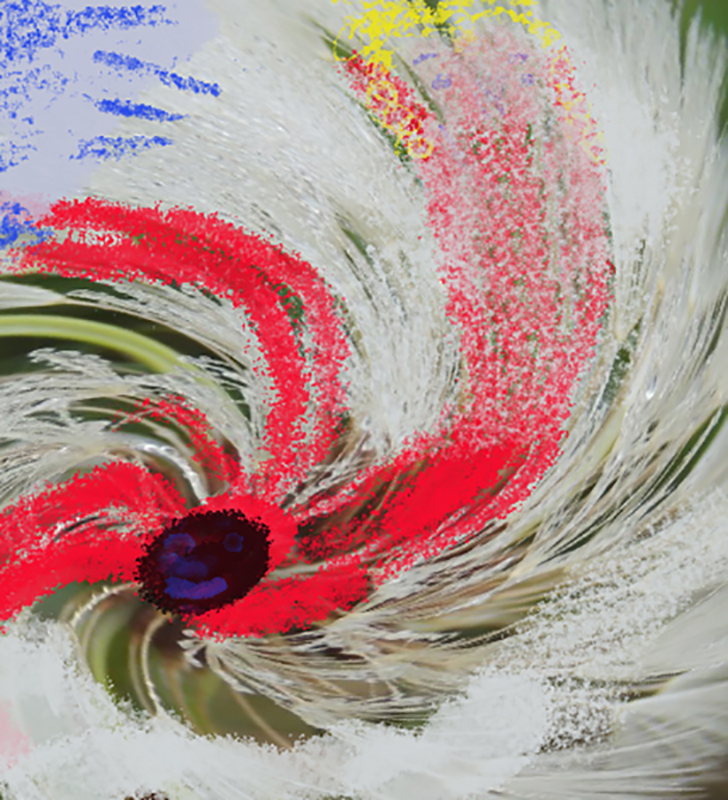
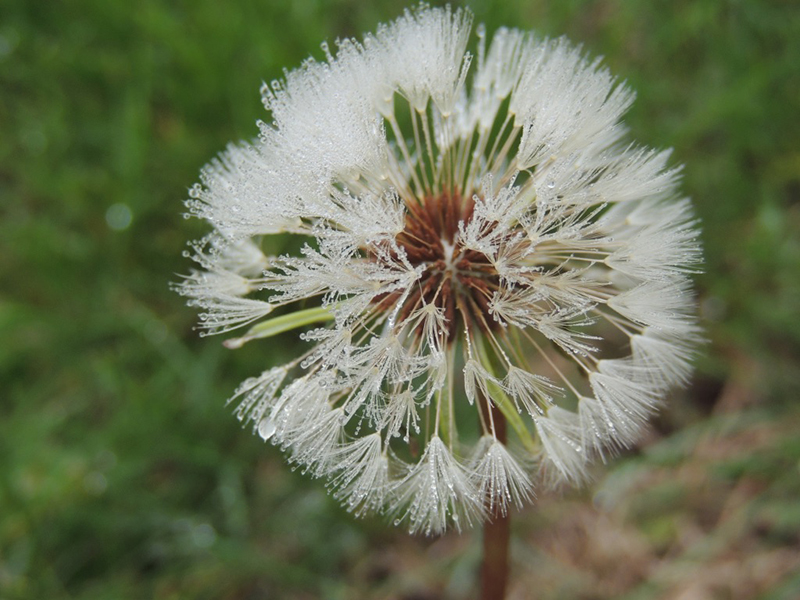

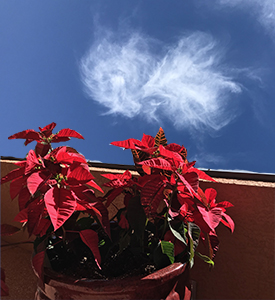
I took a photograph from my back porch:
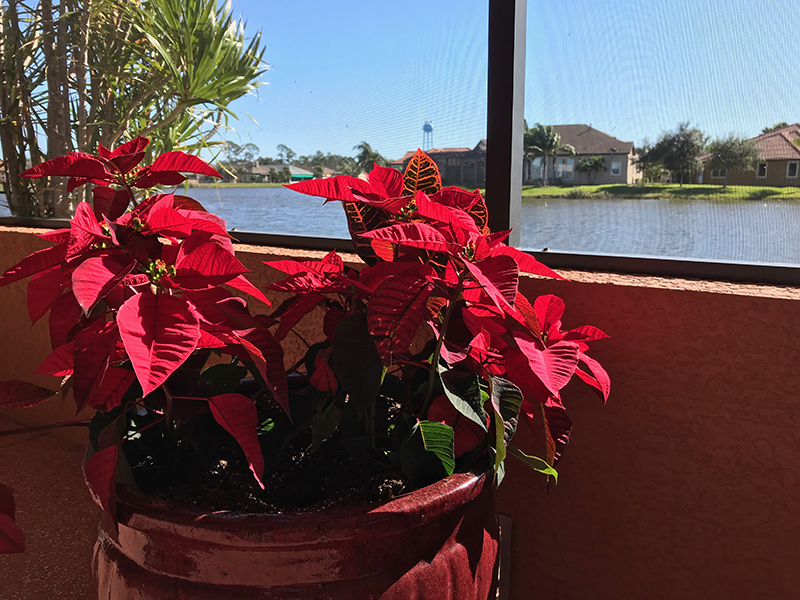
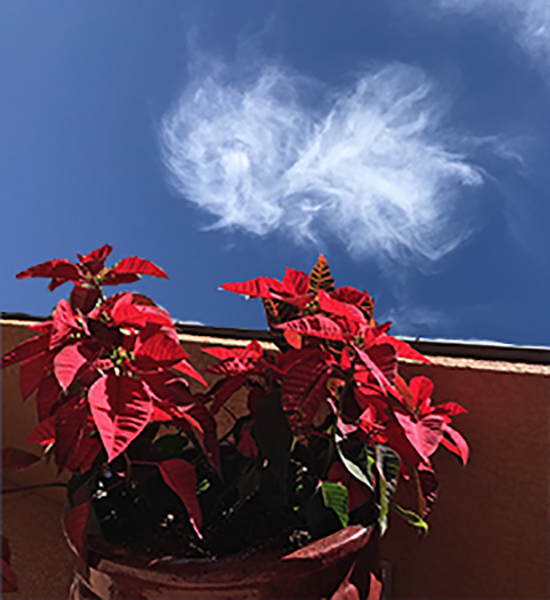
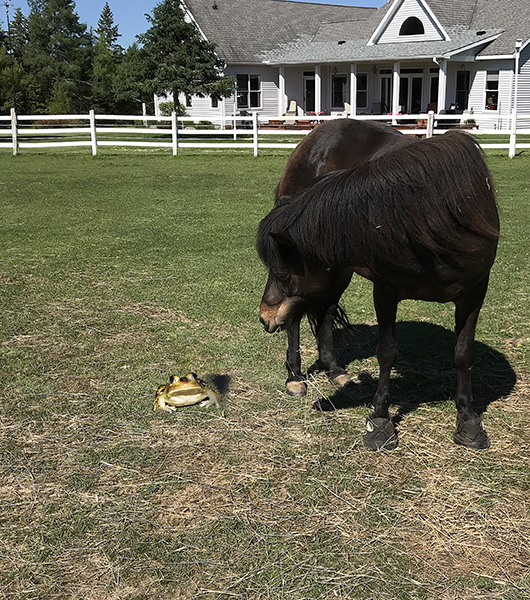
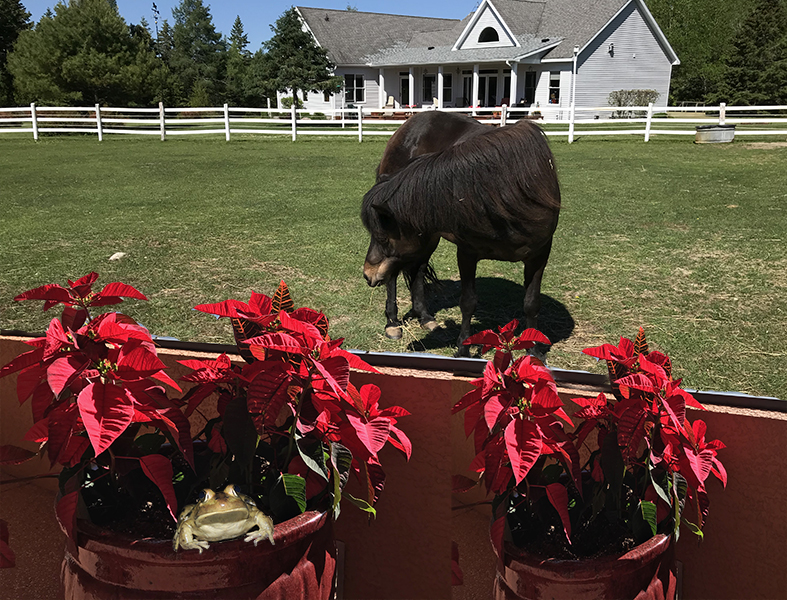


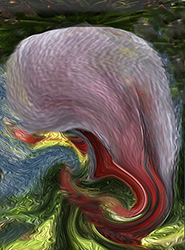
We take photos for one of three reasons:
In each of the three cases the composition elements must all be of good quality to keep the viewer enjoying the image for a long time.
So, it is a good idea to study your photos and ask yourself how you could improve the composition elements. – It will help you become a better photographer next time, no matter if you are documenting, sharing, or shooting art.
Here is one photo I studied and ask the question of composition quality to myself:
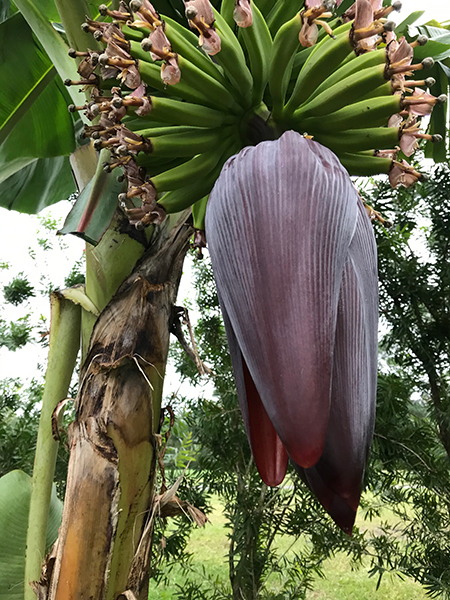
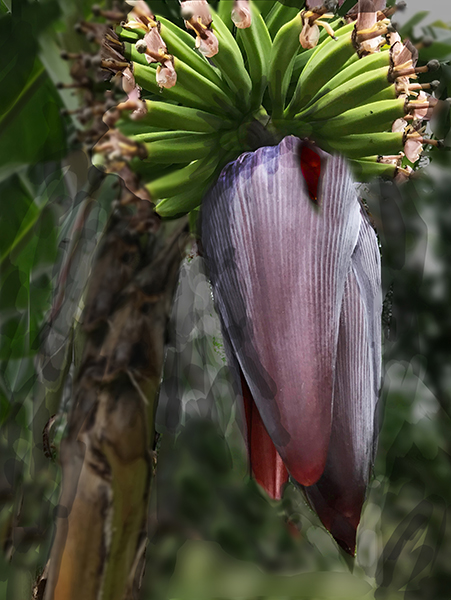
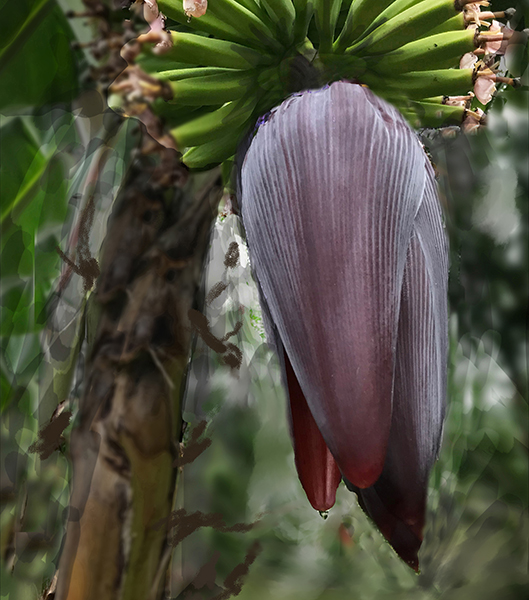
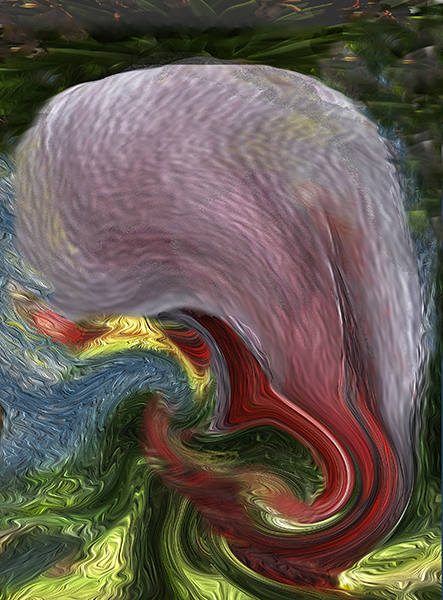

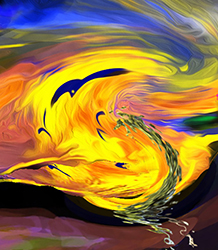
Before reading on, Dave Cesari posted again on the TGO Photo Club Page – Click here
Our Club Leadership Team consists of Linda Somers, Susan Hubbard, Ed Swan, Donald Wyllie, Linda Lublin, Jim Dick, Jim Spain, Doug Jensen, and Nancy Presant.
The goal of these folks is to help us learn how to make better photos, help us share the photos that we take, help us have fun doing it, and since many functions in the community need photographs taken, we offer that service.
The Education committee, arranged for an education session last night. In my judgement, It was SUPER OUTSTANDING: Here is their announcement:
“This Friday, January 24, at 7:00 PM in the Nature Center, Photo Club is happy to present professional photographer Shiv Verma speaking on Composition in photography. From his business base in Massachusetts, Shiv Verma Photography
Shiv conducts photo tours and workshops around the world. He is a past presenter at Titusville’s Space Coast Birding and Wildlife festival and will be at the Festival’s Exhibit Center (Free Admission) this week serving as a Panasonic/Lumix Ambassador.
Nature and wildlife are two of his special interests. He thinks of photography as art and says, “Photography gives me the ability to express and to communicate ideas that cannot be expressed in words.”
Susan Hubbard, TGO Photo Club Secretary”
——————————————————————————————————–
Last November while resting from surgery, I developed a study process on the subject of “Composition.” I generally study on average 60 minutes each day. I use various sources including internet research and reading 5 digital books that I have purchased. In addition I play around with PhotoShop to try a composition, change it, and compare it to the knowledge I find in my sources. I stand back to see if I like the change and to see if I think a viewer will stay “looking” at my image for a long time. That is really the goal of composition. The viewer may like it, be relaxed by it, be angered by it, be frustrated by it, be made to recall an event in their life by it, or what ever. But, in the end, if the viewer looks at the image a long time, that image is a winner.
Hopefully I will learn a lot through my studying. If not, I sure find my study process a lot of fun:
Here are a couple of “in-process” PhotoShop studies of mine:
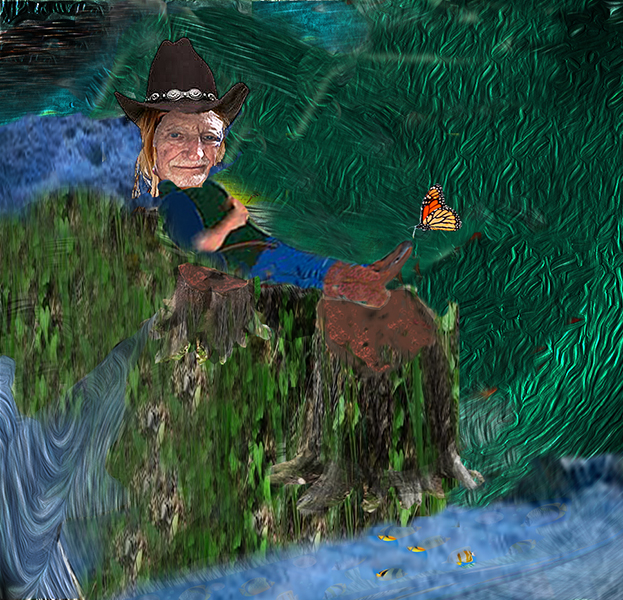

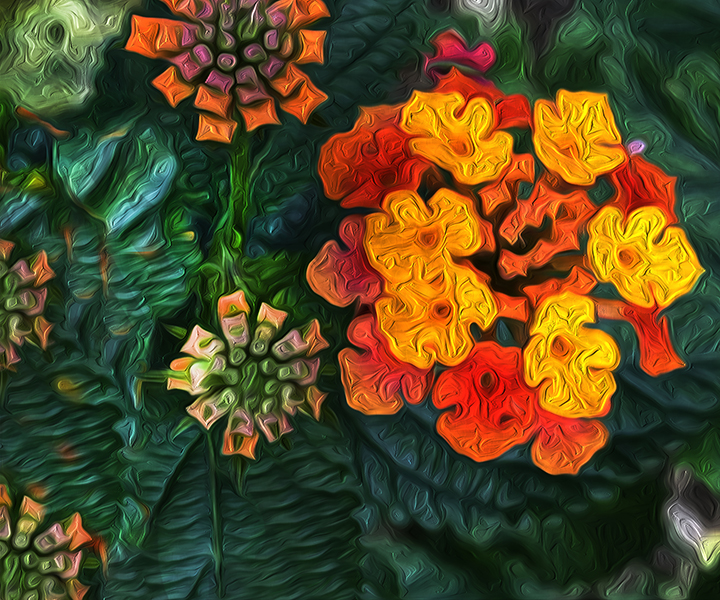
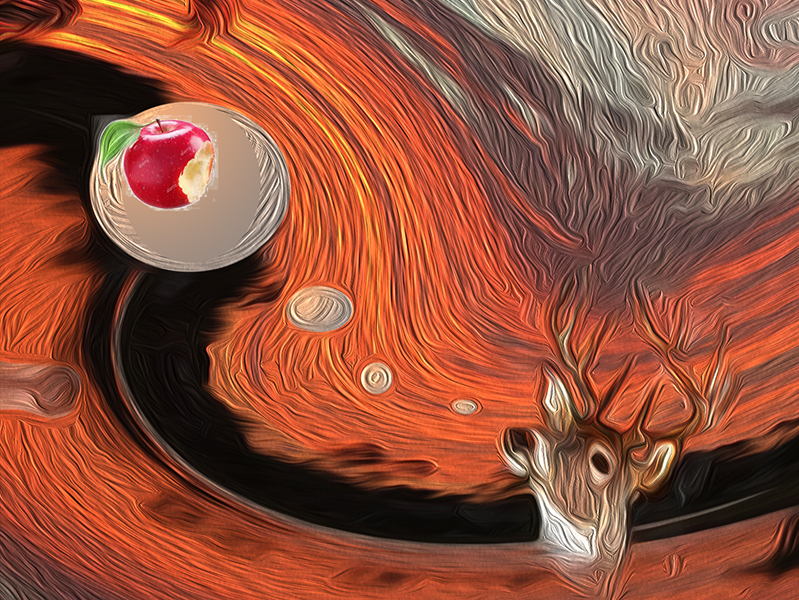


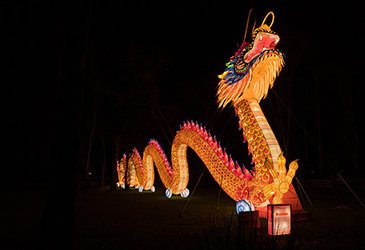
As I said in the last post: This year the Club is active – it is alive – it is fun. I am featuring Photo Club’s members who have done many many projects to make this Club the success that it is.
Our Club Leadership Team consists of Linda Somers, Susan Hubbard, Ed Swan, Donald Wyllie, Linda Lublin, Jim Dick, Jim Spain, Doug Jensen, and Nancy Presant.
The goal of these folks is to help us learn how to make better photos, help us share the photos that we take, help us have fun doing it, and since many functions in the community need photographs taken, we offer that service.
For years, Nancy Presant has put in more effort then you may realize, organizing and promoting fun photo shoots trips. At each Club meeting and via e-mails in-between, Nancy tells us of option in Central Florida for photo shoots.
She researches cost, days available, tells us what type pf photo opportunities are there and negotiates schedules. Sometimes she arranges for special group tours for our club. She even researches restaurants where our members can share a meal before or after the shoot. AND, her positive happy attitude sure makes that part of our Photo Club meeting fun – if our meeting drones on a little – Nancy stands up to talk about trip options the whole demeanor of the meeting changes to an alive fun meting.
Next time you see Nancy, tip your hat, shake her hand, and say loud and clear – THANK YOU for helping to make the Photo Club fun. Thanks for all that very hard work.
Members sent me photos from Nancy’s “Lantern Photo Trip” – I will post four below and the rest on the Photo Club Page.
Click here to see a full set of Lantern Photos

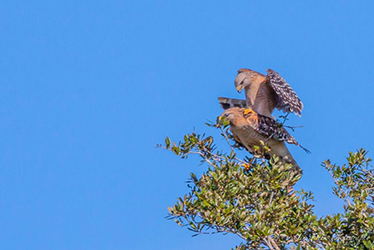
This year the Club is active – it is alive – it is fun. Last week we had 33 folks at our Friday meeting when Kris Lee-Scott gave us insights to the camera we most often have with us – the Cell Phone Camera.
In the next weeks I will feature Photo Club’s members who spent hours contributing to the Club and who have done many many projects to make this Club the success that it is this year.
Our Club Leadership Team consists of Linda Somers, Susan Hubbard, Ed Swan, Donald Wyllie, Linda Lublin, Jim Dick, Jim Spain, Doug Jensen, and Nancy Presant. Thanks to them and all the other members that offered their help at every step of the way. Thanks!
In this issue of the blog I want to talk about sharing. We all love to share our photos and seeing other member’s photos. I ask members what they like most about our meetings – SHARING IS THE CONSISTENT ANSWER!
Today, on this blog, I am featuring two of our “Photo Sharing” members. More Club members that make the club a success will be featured on future blog updates.
SHARING:
1. Dave Cesari, as he did today, shares by posting almost every week on TGO Photo Club Page (Click here or in lefthand to see Dave’s postings).
2. Jim Dick, is dedicated to sharing:
First, Jim Dick has hung almost 40 of his own photos in the TGO library. He alone has taken on this project and has maintained and updated the photos on the library walls for many years. If you have not seen them, please make a special trip to our library to see what Jim has done there.
Second, One of Photo Clubs projects is to give each member these platforms on which to share their photos – the Manor Lobby, the Manor porch, and the CSA office. The committee of JimDick, Jim Spain, and Ed Swan hang dozens of photos on these walls. Well, they do not do it alone – the whole club chips in to help but Jim Dick and the committee organize the whole thing. They will be organizing the hanging of new photos on the Manor porch in February. Be sure to give Jim Dick at least one of your photos to hang there and offer to help and be a part of the project.
Third, Jim Dick posts many times a week on the TGO Nature Center Facebook Group page. Become a member of the group to share your nature photos and to see all the photos that group members share there.
Here are several of Jim Dick’s photos that I borrowed from the Nature Center’s Facebook Group’s page. I really enjoy the variety of nature shots and want to say – from the whole Photo Club – Thanks to Jim Dick:
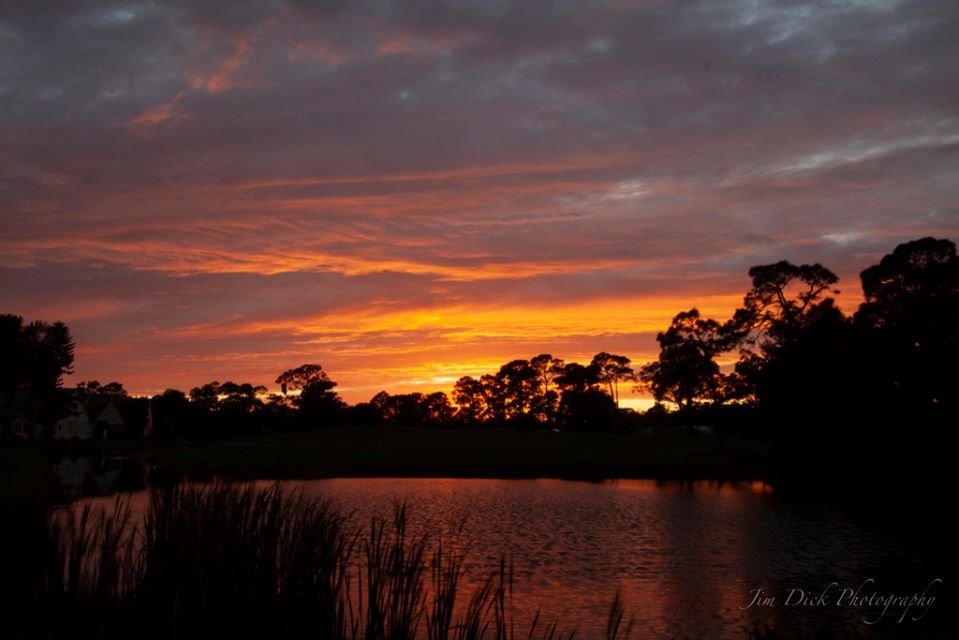
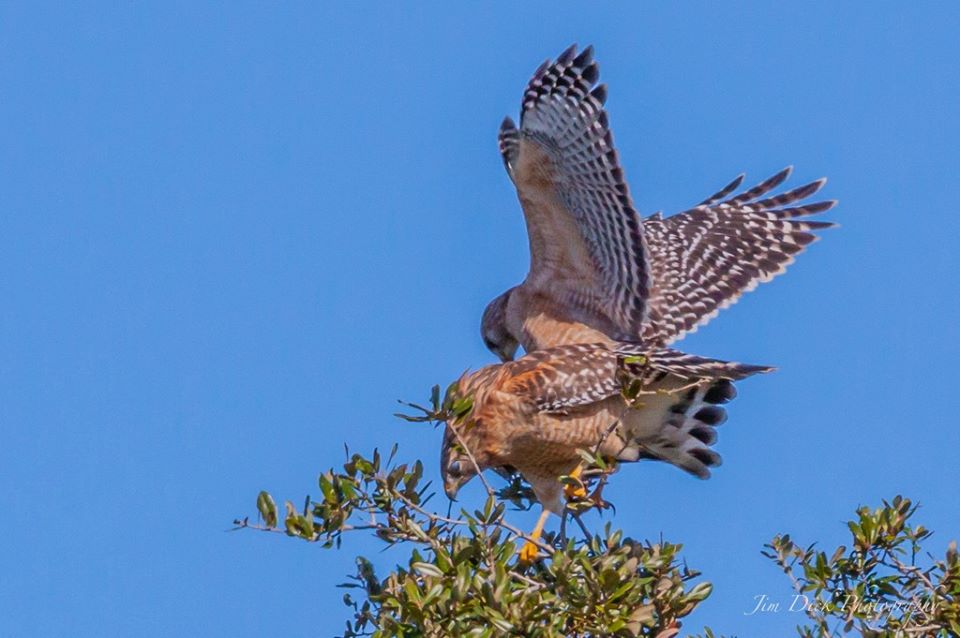
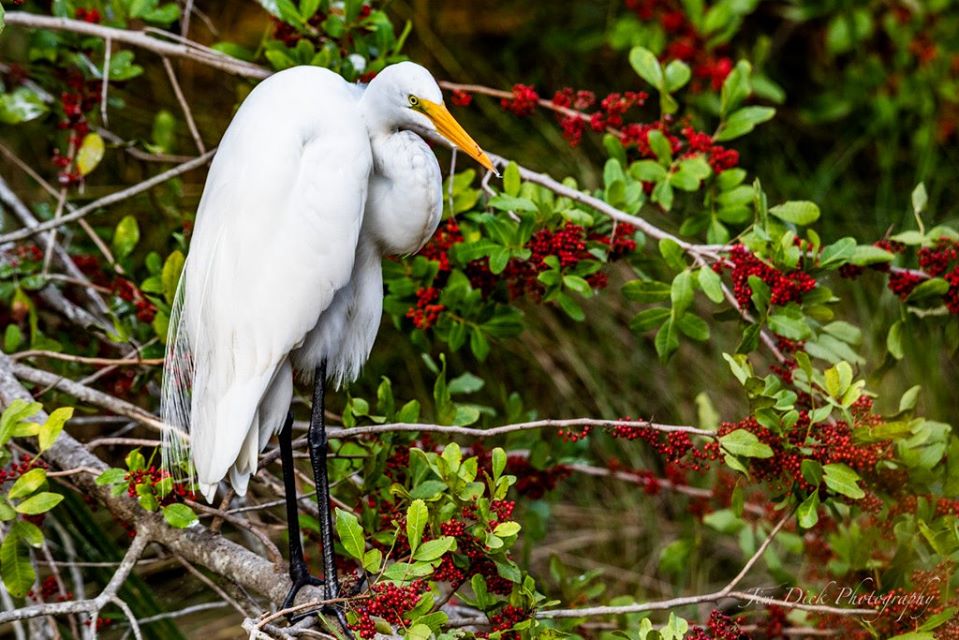
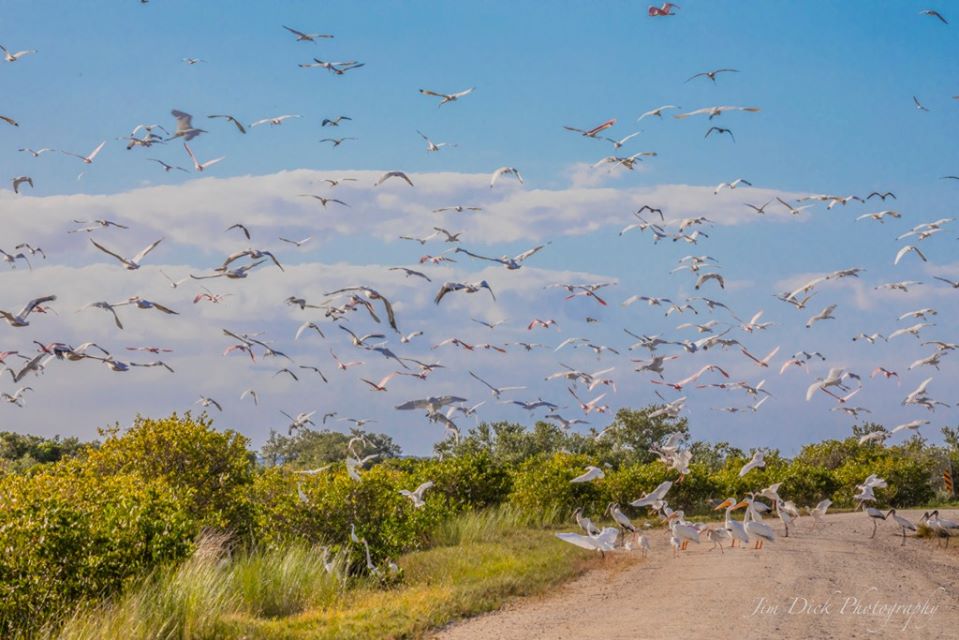
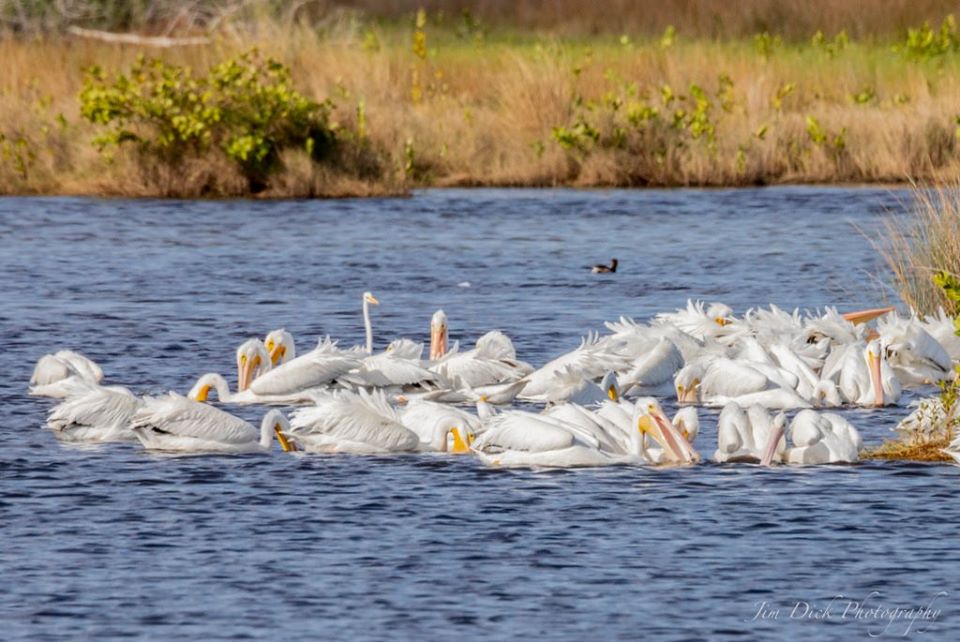
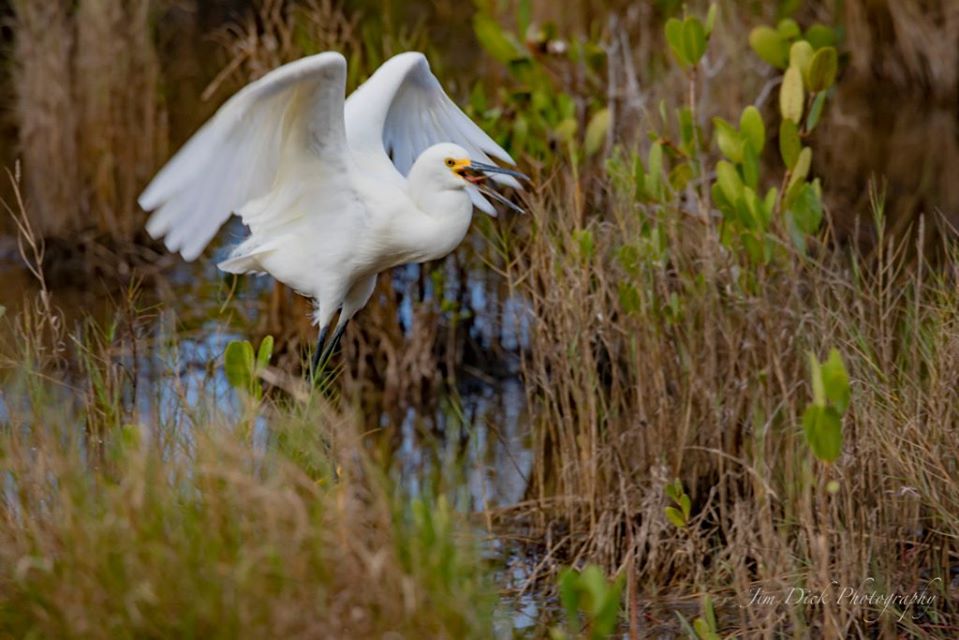
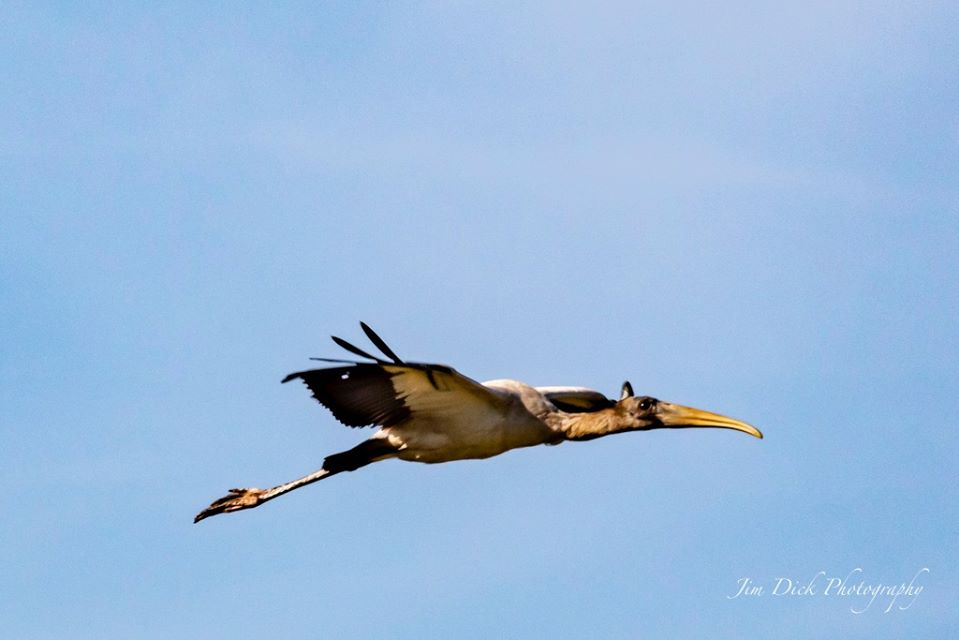

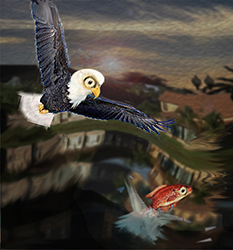
Hey, Look at Dave Cesari – He posted his success in Florida – All taken in the few days he has been in Florida this season. Click TGO Photo Club in left column.
Then Read On Here:
Photography is not going out, following the rules, and taking a perfect photograph.
A photograph is an image of life as we thought we saw it. Since we are all different and our subjects are always changing, the concept of following a set of simple rules does not apply to photography.
Therefore, there are no rules to break. Well that is not true. There are some rules to break ’cause we humans are born with some eye-brain perceptions we all find pleasing – regardless of which subjects we have a passion to photograph.
I am reading books, watching educational videos, and hope to attend classes that focus on “creative thinking” in photography. I want to learn the eye-brain perceptions that we all find good, comfortable, and pleasing. In art, that is called composition – regardless of the subject, media used, or emotion the photographer/artist wishes to convey.
I play around, every day, on my computer – play around changing composition to see the impact it has on my own eye-brain perception and try to line it up with what I read in the books:
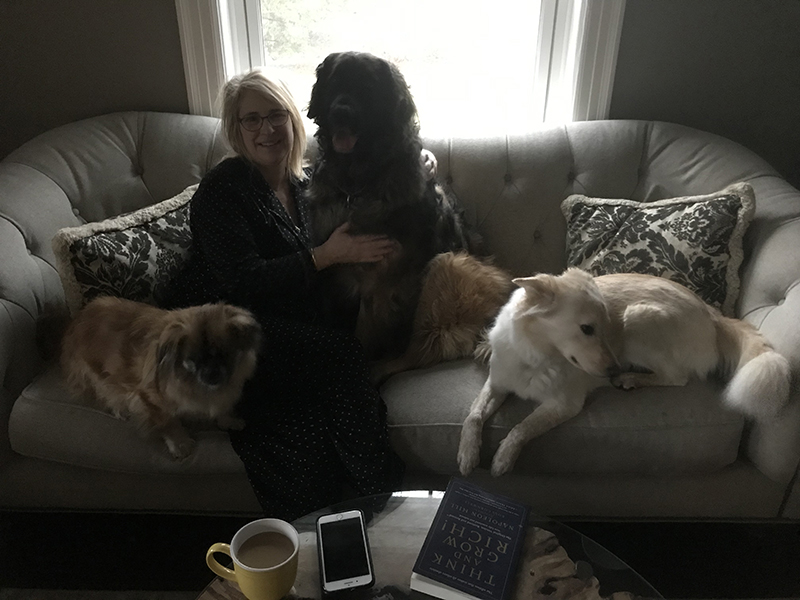
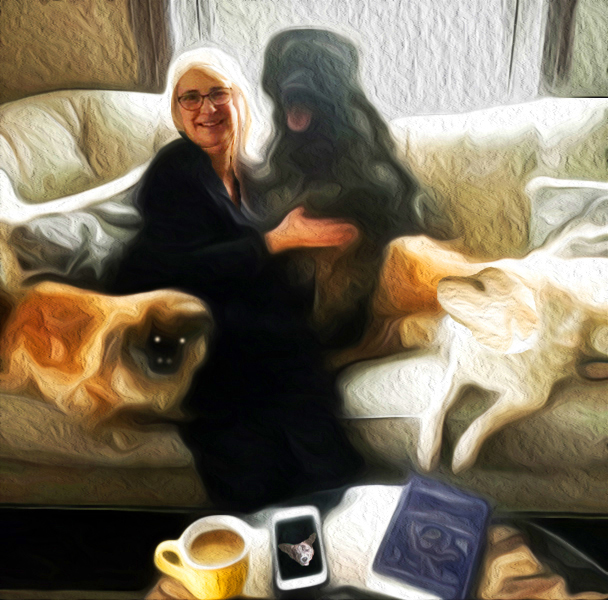
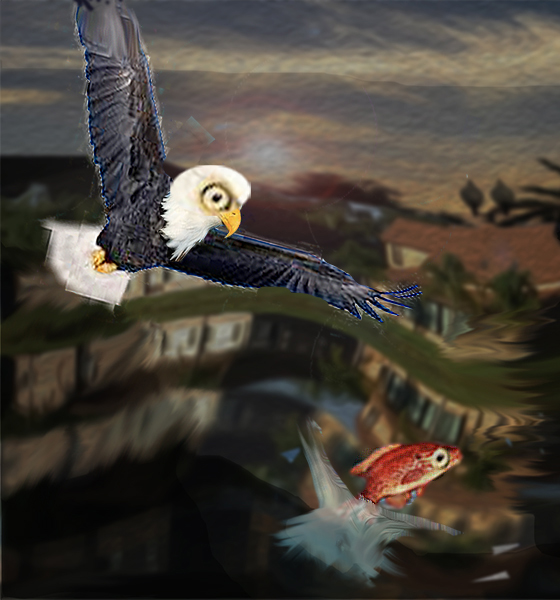
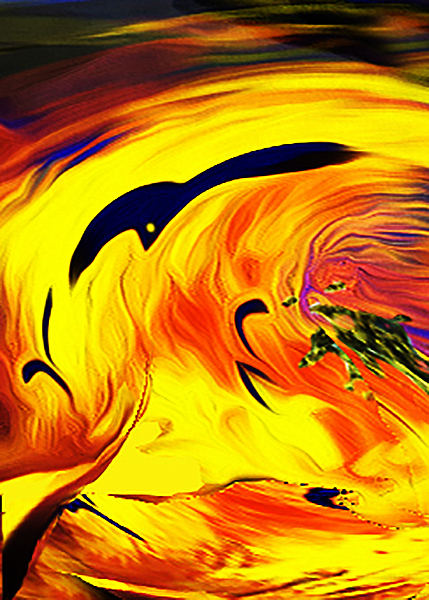


2. Next – Click on “Digital Photo Art” I have a book cover there – Do you think I could be a mystery writer? Hey, James K. – Would you write this book – That is a personal note to my son – from a conversation we had while I was recording happenings on my iPhone.
3. Then read on right here! Think about photographing your own Holliday season. Not just the tree and family/friend’s gatherings, but the things that happen every day.
Why photograph everyday things?
Because: it is fun to relive the fun things that happened to you. It is, also, fun to share them in the future. You can enjoy and/or share them one week from now, six months from now, or maybe years from now. Maybe after you are gone, your family will enjoy them as part of your legacy showing how you enjoyed each day.
The following photos show recent happenings that I enjoyed:
